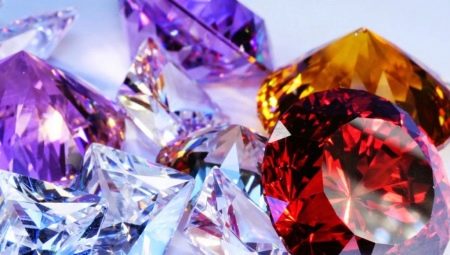Gemstones accompany humanity throughout its history. Their origin and growth in the bowels of the earth is a great mystery. Their production and decoration is a huge work. They are accompanied by legends, rumors, and often crimes. There is a lot of ambiguity in their story. But they are immortal, like man’s craving for beauty.
What it is?
Gemstones of mineral origin are transparent, colorless or painted in a plain blue, green or red color. Rarity, difficulty in mining and processing, high hardness and transparency make them precious. it diamonds, emeralds, sapphires, rubies. Organic gems include pearlsthat originates and grows in mollusk shells.
Both mineral and organic gems are very resistant to wear. With proper storage and good care, they retain color and luster for centuries. They are resistant to the effects of chemically active substances (acids and alkalis). Gemstones are 1st order gemstones. They are placed in frames made of precious metals. The most expensive jewelry is made of them. Their purchase is not only the purchase of a beautiful thing, but also a reliable investment of money, a recognized banking asset.
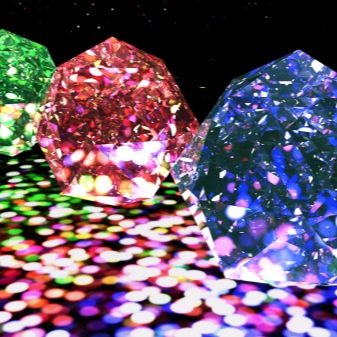
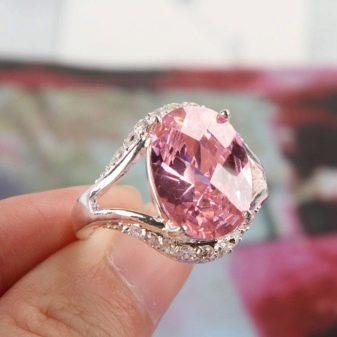
Production Features
Gem mining is a complex and expensive business. Deposits are scattered all over the world, many of them are in remote places with unsuitable natural conditions. Minerals lie deep in the earth, their extraction requires large labor costs. This is an essential component of the high price of jewelry.
Any work on the extraction of precious stones begins with exploration. In the places of probable deposits, test drilling is carried out, diagnostic pits are dug. These places are most often determined by the exit of the "rock" to the surface, where people periodically find beautiful transparent stones-nuggets.
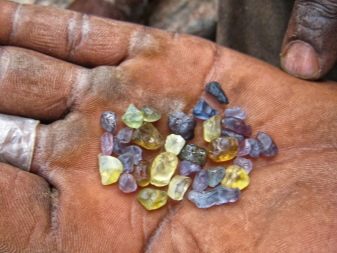
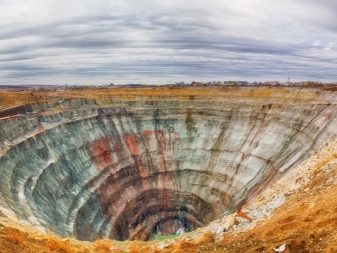
Mining methods
Placers. These are places where valuable rocks come to the earth's surface. Stones are mined by manual washing in special trays.
Mine workings. They dig a mine and extract stones with manual labor.
Open pits. This is an industrial way of mining. Huge stepped excavations in the ground where excavators and mining trucks work.
Technological advances have had little impact on the way gems are mined.
In many countries they remain the same - very time-consuming, much is done manually with a shovel, pickaxe, hoe, basket for the earth, primitive trays. This is explained not only by the desire to reduce the cost of production, but also by the specifics of the material: with mechanized production, damage and loss are inevitable.

Natural or Wild Sea Pearl mined at sea by fishing. Divers take out shells with pearls from the seabed. This is a centuries-old fishing associated with every minute risk to life. At the end of the 19th century, a method of cultivating pearls in artificial conditions was discovered. An irritant is implanted in the shells - the core of the future pearl, and grown on special farms. This method allows you to get cheaper pearls in large quantities.
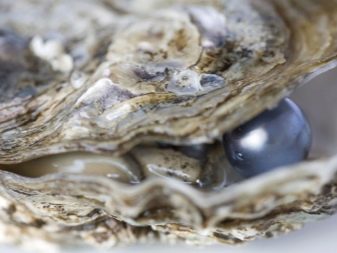

Classification
Diamond (name in cut - diamond)
The hardest and most transparent of all gems. Ideally, colorless (such are more expensive), but there are also blue, green, pink shades. These colors of diamonds are called fancy. They talk about some defect in the crystal lattice of the mineral, in which carbon atoms are replaced by other elements. Such diamonds are cheaper, but more original.
One of the main properties of diamonds is the intense reflection of any light. It is believed that they are even able to glow in the dark.
The main physical characteristic of diamond is hardness. He has the highest score (10) on the Mohs scale. It is an octahedral carbon crystal, which appeared at ultrahigh pressure and temperature during the intensified volcanic activity of the Earth. Only 1/5 of the mined diamonds are used to make jewelry. 80% is used in industry. The main deposits are in Australia, South Africa, India, Brazil. In Russia, most diamonds are mined in Yakutia.
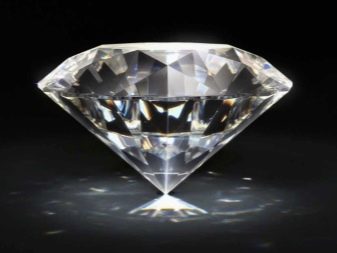
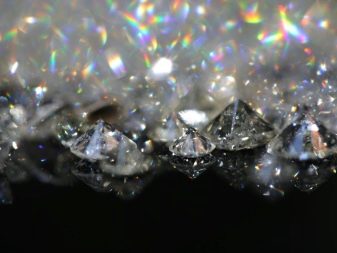
Emerald
It belongs to the group of beryls - aluminum and beryllium silicates. Green and dark green give it compounds of chromium, vanadium or iron. They retain color in artificial light. They are mined in Colombia, USA, Australia, South Africa. In Russia, large emerald deposits are located in the Urals. The most valuable stones are 5-6 carats, bright green, without impurities, perfectly transparent. May cost more than diamonds of the same size, but this is rare.
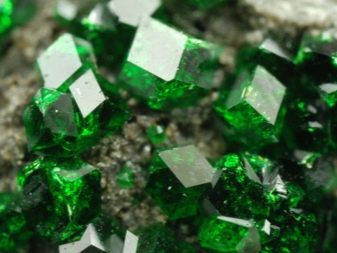
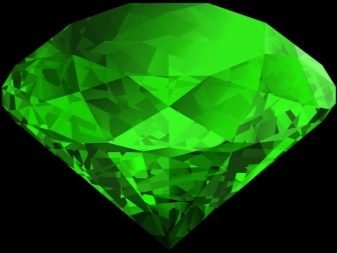
Ruby
It belongs to the group of corundums. Corundums are alumina. They are used, for the most part, in industry as abrasives. Jewelry corundums - ruby (red) and sapphire (blue).
In the evaluation of rubies, color and its purity are of primary importance. Rubies called pigeon blood are most valued.
Rubies with an asterism effect are also valued. When light falls on the surface of the stone, a star-shaped flare forms. This is due to the incorporation of rutin crystals into ruby.
Red ruby give chromium oxide. Color can be of different depths and densities - from pale pink to dark red. From ancient times, color symbolized blood, and ruby was associated with passion, love, courage. The old Russian name for ruby is yachont.
Deposits of ruby are found in South Asia and Central Africa. In Russia, rubies are mined in the Northern Urals. High-quality and pure rubies in value can compete with diamonds. But this is highly dependent on market and auction conditions.

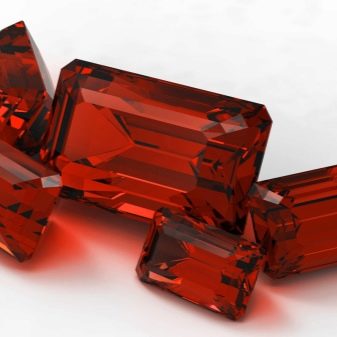
Sapphire
Mineral with predominant shades of blue. From the group of jewelry corundums. Compounds of titanium and iron give it a blue color.
Sapphires are mined in Australia, South Asia, and Central Africa. In Russia, a large deposit of sapphires is located in Primorye.
Alexandrite is also sometimes referred to the list of precious stones. According to the basic descriptions, it is geologically close to emerald, but it is able to change color depending on lighting. But among scholars there is no consensus on his preciousness. It is rather a rare semiprecious stone.
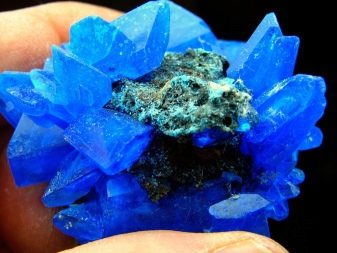
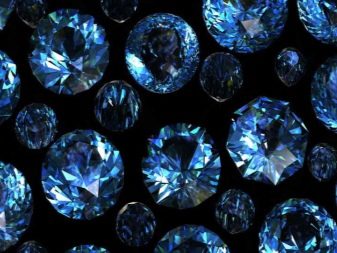
Pearls
Stone of organic origin. It is formed in the body of bivalve mollusks. It is considered the oldest precious jewelry. It does not require additional processing, since pearls initially have the correct shape - oblong or spherical.
Pearl cultivation is a protective reaction of a mollusk to a grain of sand or another irritating particle that has fallen into a shell. The mollusk envelops a grain of sand with crystals of calcium carbonate. A pearl grows to the size of a pea in 12 years.
The color of the pearl can be white, yellow, red, gray, black. The list of colors is incomplete, different shades are possible. Natural pearls are currently mined in the Red Sea and the Persian Gulf. Ornamental variety is freshwater pearls. It is mined in the rivers. This fishing was widespread in the north of Russia. Pearls decorated both festive dresses of ordinary people and the vestments of statesmen and clergy.
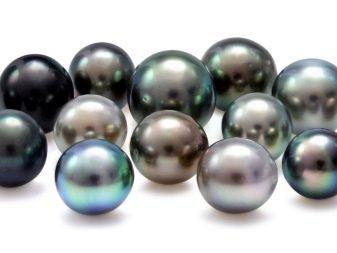
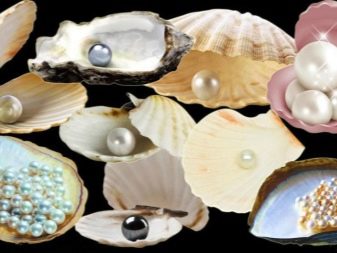
Types of cut
Historically, there are two main methods for processing precious stones. This is tumbling and cutting.
Tumbling - This is grinding and polishing stones in a special tumbling drum. The result is a streamlined domed stone with no edges. Minerals processed in this way are called cabochons. Tumbling is applied mainly to semiprecious translucent and opaque stones, but sometimes rubies and sapphires are processed in this way to emphasize some of the subtleties of the play of light (asterism, for example).
Cut - This is the shaping of natural minerals polyhedra. Technically, much more complicated than tumbling. It became fully available with the development of technology and the advent of abrasive materials of sufficient hardness. Facets (or facets) are geometrically correct areas on the surface of the stone, they give it grace and a special inner radiance.
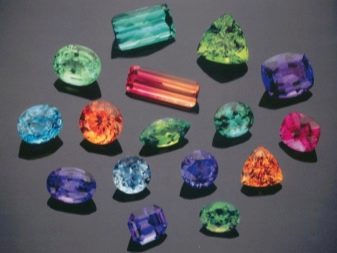
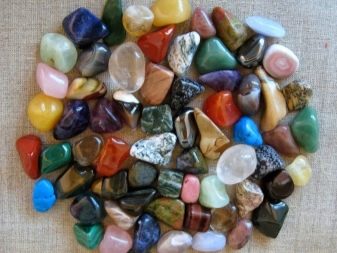
There are several classic types of gem cutting.
Round
This is the most common and most versatile type of cut. It is used for any decoration. The processed large stone has, as a rule, 57 faces. Smaller stones undergo a simplified cut of 33 or 17 faces. A stone cut in this way is visible clearly and in contrast; its surface is maximally open to light. An essential feature of this type of cut is the large weight loss of the original stone.
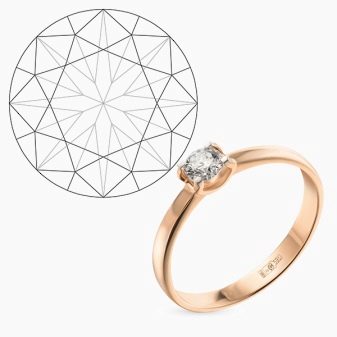
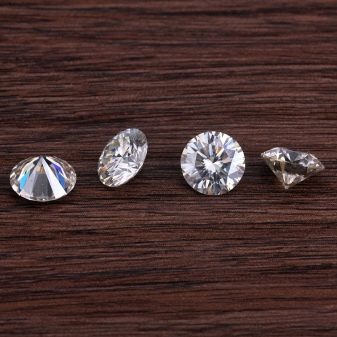
Oval
A kind of round cut of stones for necklaces, pendants, bracelets. The face area is larger than with round cut. There are 57 of them.
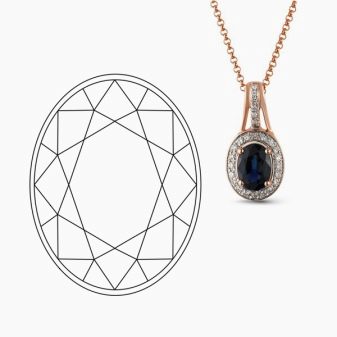
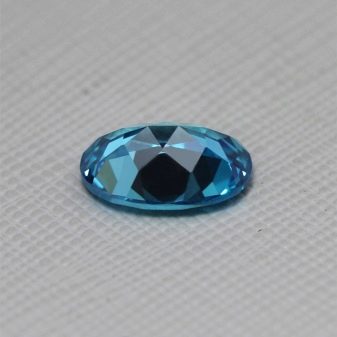
Marquis
Oval cut with pointed ends. It is used in rings, earrings, pendants. 55 faces. Such a cut is considered "aristocratic", refined taste.
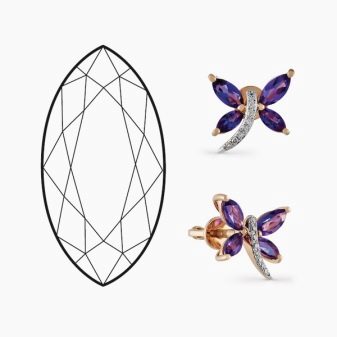
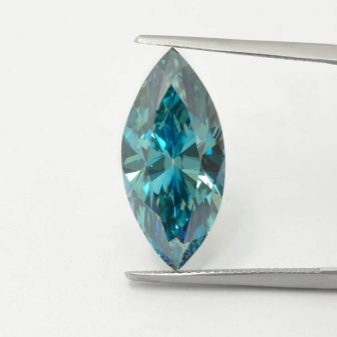
"Pear" or "Drop"
It combines the features of 55-56 faces. Ideal for pendants, earrings, necklaces.
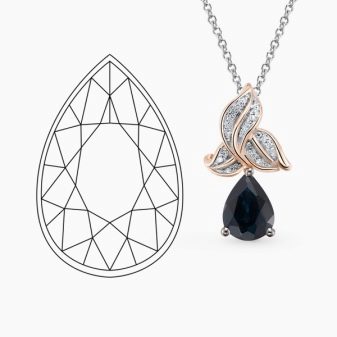
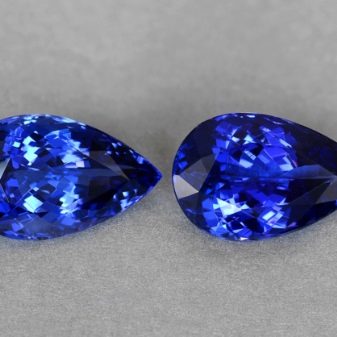
"Princess"
Rectangular cut. Up to 68 faces. Especially popular in the manufacture of rings. The rounded corners are quite fragile and they need a reliable frame.

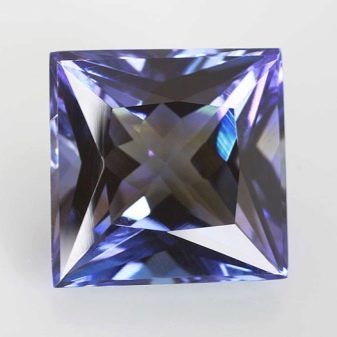
"Emerald"
Rectangular cut with rounded corners. 57, 65 and more faces depending on the size of the stone. Large and clean stones are taken for such a cut. It is used in any jewelry. The minerals processed in this way give a bright rendition upon refraction of the light incident on them.
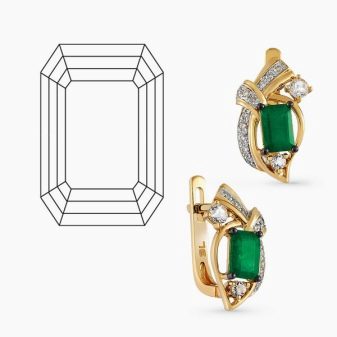
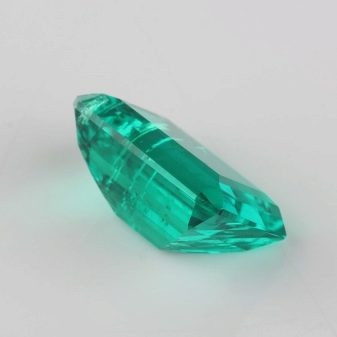
Asher
A square cut, similar to the Emerald, but with a large number of facets-tiers. May have up to 72 faces. This type of cut is very popular in men's rings.
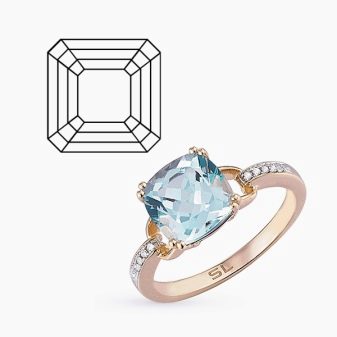

"Radiant"
A stone of perfect purity and without damage is taken into processing. Jewelry with stones of such a facet is impressive and rich. Like Asher, it is often used in men's rings. 65, 70 and more faces.
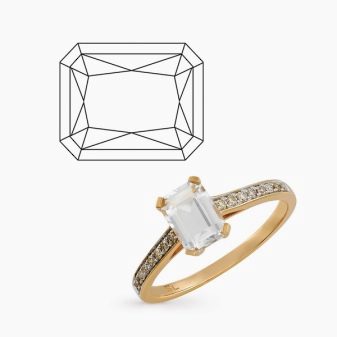
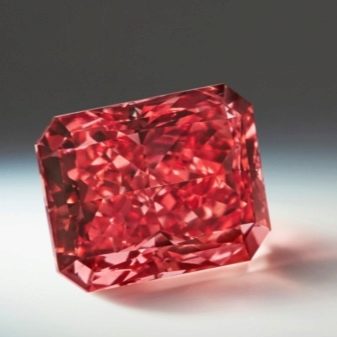
"Heart"
Decorative or, as experts say, a fancy look of cut. Very good for pendants and pendants. It suggests a fairly large stone. 57-58 faces. The processing technique is similar to pear-shaped cutting. Masters try to maintain the same longitudinal and transverse size of the stone after processing. This guarantees visual harmony of lines and durability.
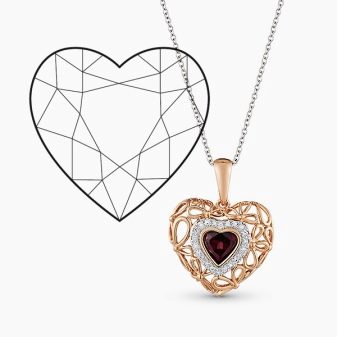
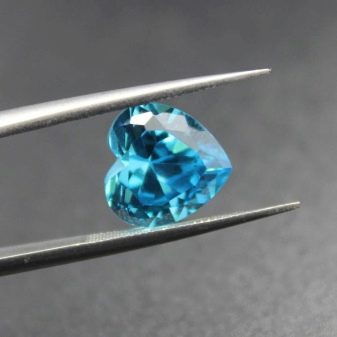
The Trilliant
Equilateral triangle. May have from 19 to 52 or more faces. The configuration of the faces depends both on the size of the stone and on the creative idea of the master.
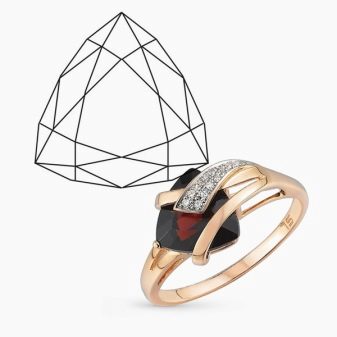

These are the main types of gem cutting. There are other, more complex ones. With the development of technologies for processing solid materials, one should expect new discoveries in jewelry.
Criteria for evaluation
There are four main evaluation criteria: color, purity, weight, quality of processing.
Color
Estimation of the cost of color fully applies only to diamonds, because the most valuable of them are colorless, while others have a very narrow color scale due to full transparency. Evaluation of other gemstones - rubies, emeralds, sapphires, is very difficult due to subjective factors and established beliefs.
Color grading directly related to value exists only in the USA. Neither Europe nor Asia has such an assessment.
However, some generally accepted criteria still exist. This is the uniformity of color, its saturation and solidity. A stone possessing these qualities to a greater extent, as a rule, is appreciated much higher.
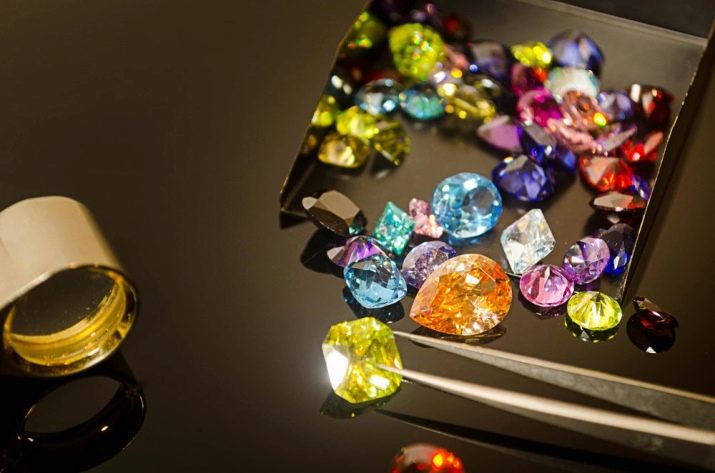
Cleanliness (or defectiveness)
One of the most important components of the price of a stone. Natural defects - cracks, opacities, structural irregularities, foreign inclusions affect the color, gloss, finish quality. If these defects are obvious and pronounced, then this significantly reduces the price of the mineral. The share of purity in the final price of a gemstone is from 30 to 50%.
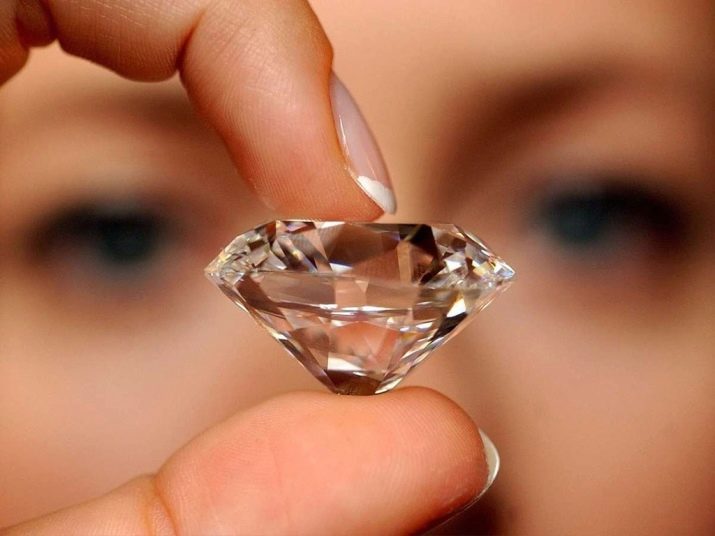
Cut Quality
A very important aspect in the sense of aesthetic perception of a gem. Expensive jewelry should not only be beautiful, it should delight. Special methods and secrets of the cutters, individual for each stone, allow us to fully experience the play of light, the saturation and color depth of the mineral. There are several classifications of cut quality in the world. This is necessary because expensive products usually have a special certificate that indicates the main characteristics. The Russian classification of cut quality is considered one of the most accurate. It accepts alphabetic characters. A (first-class cut), B (good), C (medium) and D (bad). The cut quality index is one of the most important criteria for evaluating a stone.
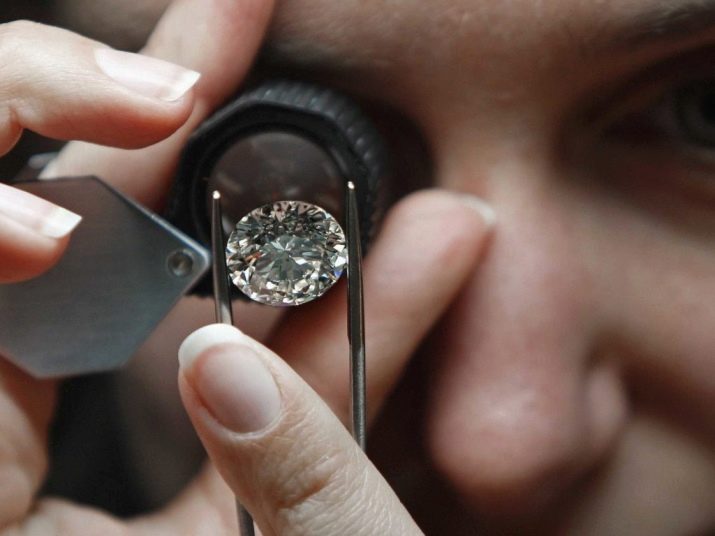
Weight (weight) and size
They are the most important characteristics in evaluating a gem. The weight of the stone and its price are directly dependent. For gemstones, a special unit of mass is taken - carat (ct), equal to 0.2 g or 200 mg. The stones are weighed on special jewelry scales of high precision. The larger and heavier the stone, the higher the price of a carat of its weight.
In Russia, the most popular diamonds weighing about 0.1 carats. Jewelers call them "folk" and are estimated at approximately 10 thousand rubles. A half carat diamond will cost approximately 170-180 thousand, 1 carat - about 500 thousand rubles. But prices vary greatly depending on the features and qualities of specific stones.

Interesting Facts
Unusual, magical, healing properties have long been attributed to precious stones. Diamond - a symbol of perfection, strength, inflexibility. Protects the owner from evil spells. Ancient healers believed that the diamond spreads certain waves that have a beneficial effect on the human heart and brain. Emerald personifies wisdom, calmness, protects from witchcraft, spoilage, evil eye.Normalizes blood pressure. Ruby beneficial effect on the brain and heart. Improves memory. Prevents diseases of the spine and joints. Strengthens the nervous system.
Sapphire - a symbol of wisdom, power, justice. Indian priests attributed sapphire a special vital energy and believed that it helps a person to maintain the kindness and integrity of the soul. Healers believe that sapphire protects a person from colds, tumors, and nervous disorders.
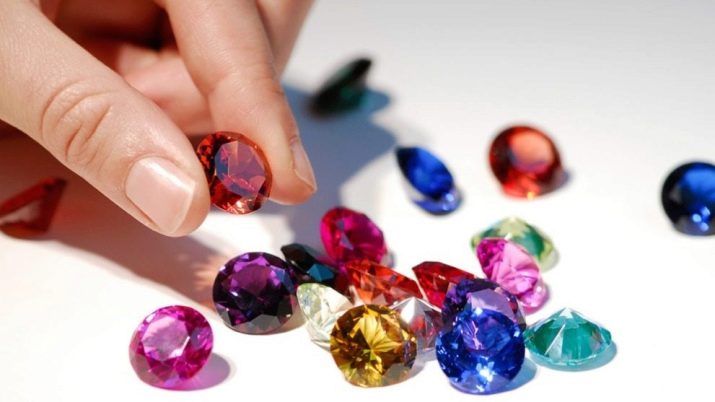
Pearls calms the psyche, prolongs life, rejuvenates the body. Pearl products protect the digestive tract, kidneys, and liver from diseases. Normalize blood pressure, treat nervous disorders. In contact with human skin, pearls gradually change color and can serve as an indicator of incipient chronic diseases. In ancient times, in some countries it was considered an indicator of poisons. A pearl was thrown into a bowl of wine, and its color changed if the wine was poisoned.
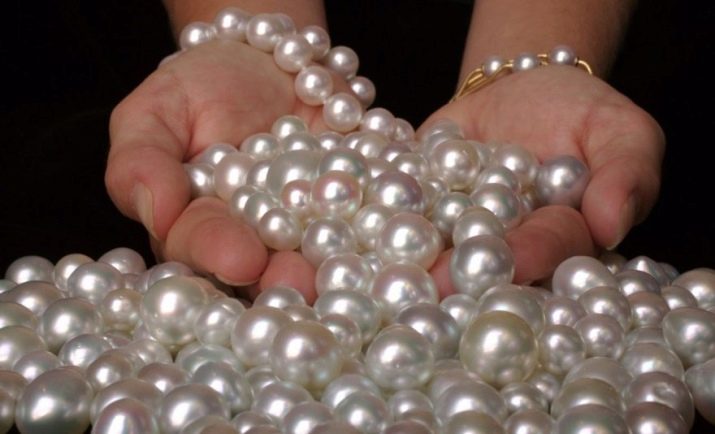
Astrologers are not indifferent to gems. They believe that diamond is a stone of the Sun and Venus, and its “favorite” signs are Aries, Sagittarius and Leo. People born under these signs are encouraged to wear diamond jewelry. Izumrud, according to venerable stargazers, is most suitable for Pisces and Cancers, ruby for Lions, and sapphire for Sagittarius. Pearls are highly recommended for Cancers, Pisces, Aquarius.
Gems have their own history and even legends. One such diamond "Kohinur". Its history can be traced back to 1300. Originally belonged to the rajas of the Indian principality of Malva. Then, during the civil strife, he passed from hand to hand for a long time until he was in the possession of the Mughals. Then he ended up in Persia, in Afghanistan, returned to India, where he was captured by the British and taken to London. It is still stored there, having survived redistribution in 1852 and having lost more than 40 percent of the mass. Initially, it weighed 191 carats, and after re-cutting it weighed 108.9 carats. The redistribution gave brightness and transparency to a faded rarity.
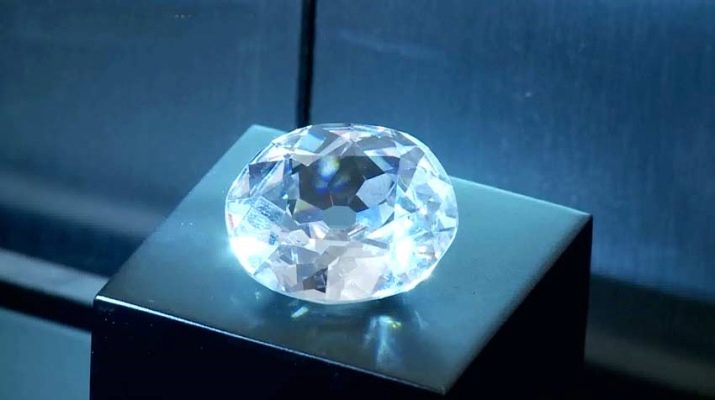
"Orlov" - a large diamond, found in India at the beginning of the XVII century. Weighs 199.6 carats. It belonged first to the Indian rajas, then to the Great Mughals. In the middle of the XVIII century it disappeared. Most likely, he was abducted and taken to Europe. In Russia, a diamond appeared in the 70s of the XVIII century. The legend says that it was given to Empress Catherine II by her favorite Grigory Orlov. However, historians claim that Orlov could not pay 400 thousand rubles for the stone, he simply did not have that kind of money. It is more likely that the empress herself purchased the diamond at the expense of the treasury, and in order to hide this, she asked Orlov to stage a gift, which he did. The diamond received the name "Eagles" and was inserted into the tops of the imperial scepter. It is stored in the Diamond Fund of Russia.

For many diamonds, an unkind trace of robberies and murders stretches. It is believed that such stones bring misfortune.
Chinese and Indians idolized pearls. Finding a pearl was considered a great success and a good sign. According to one of the Chinese legends, two dragons once fought in the sky. Clouds were gathering, lightning flashed dazzlingly, a terrible thunder thundered. At the sharpest moment of the thunderstorm, it rained from pearls. The upheavals ended and peaceful times came. The Indians believed that pearls were the first drops of rain falling in the sea. Sinks rise from the bottom, open the wings and catch these drops. This forms pearls.

In this video you can watch the mining of precious stones in Vietnam.
